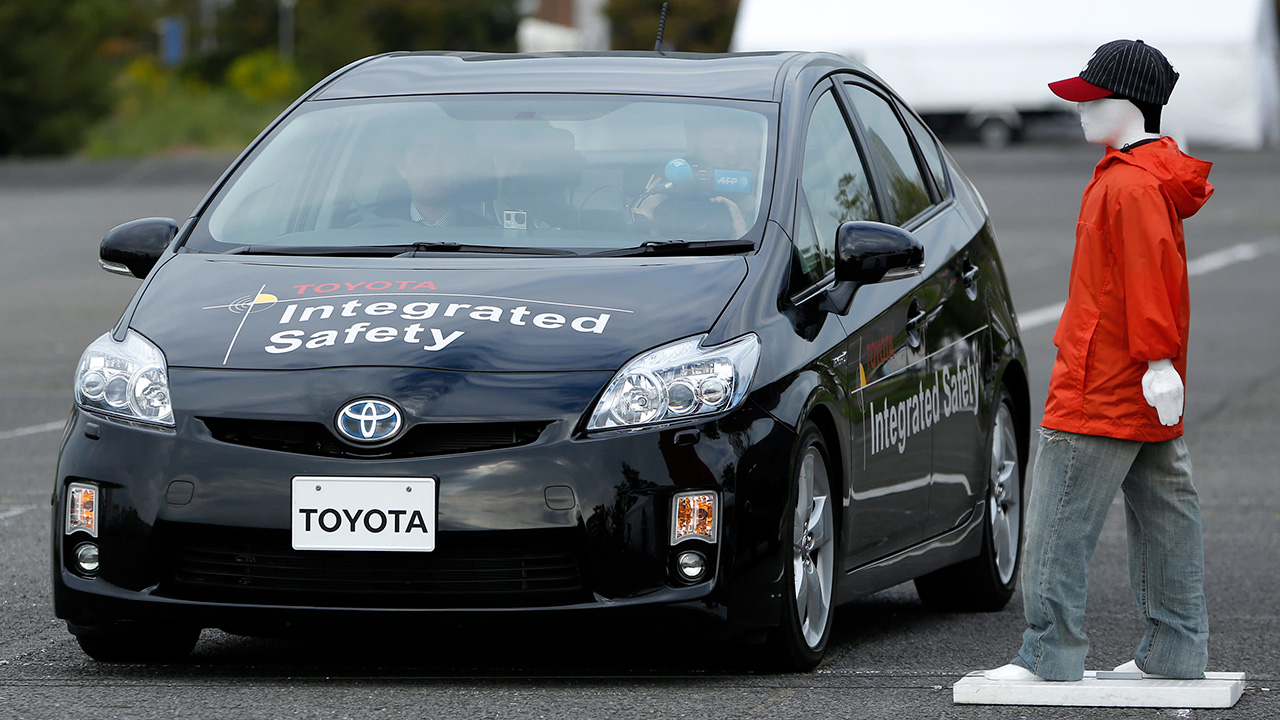Crash avoidance features include automatic emergency braking (AEB), lane departure prevention, and blind-spot monitoring. Partial autonomy features encompass adaptive cruise control and lane-centering assist. The study found that crash avoidance technologies reduce accidents, but partial automation systems do not have the same impact.
The IIHS study examined BMW and Nissan models from five to eleven years old with and without these technologies. IIHS President David Harkey noted, “Everything we’re seeing tells us that partial automation is a convenience feature like power windows or heated seats rather than a safety technology.” The data supports this view:
- Nissan models with AEB saw an 8% reduction in property damage liability claims, with no additional benefit from partial automation systems.
- BMWs equipped with AEB and forward collision warning experienced a 7% reduction in collision claim rates and a 13% drop in property damage claims. BMWs with adaptive cruise control saw a 25% reduction in property damage claims.
However, the study has some limitations. AEB and forward collision alerts are usually on by default, unlike most partial autonomy systems, making it unclear how many crashes occurred with these systems engaged. Additionally, other factors like headlights can significantly impact crash prevention.
As technology advances, these systems are likely to improve, and further data will be needed to assess the effectiveness of semi-autonomous features like lane-keep assist in future vehicles.
Source: IIHS

